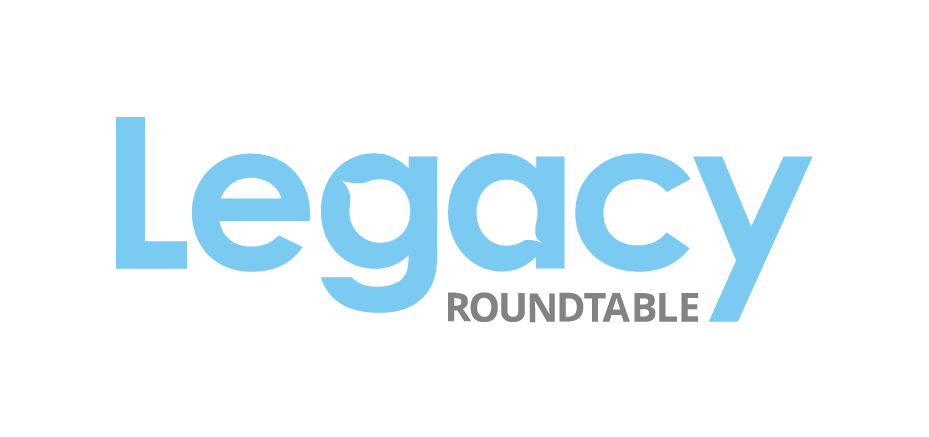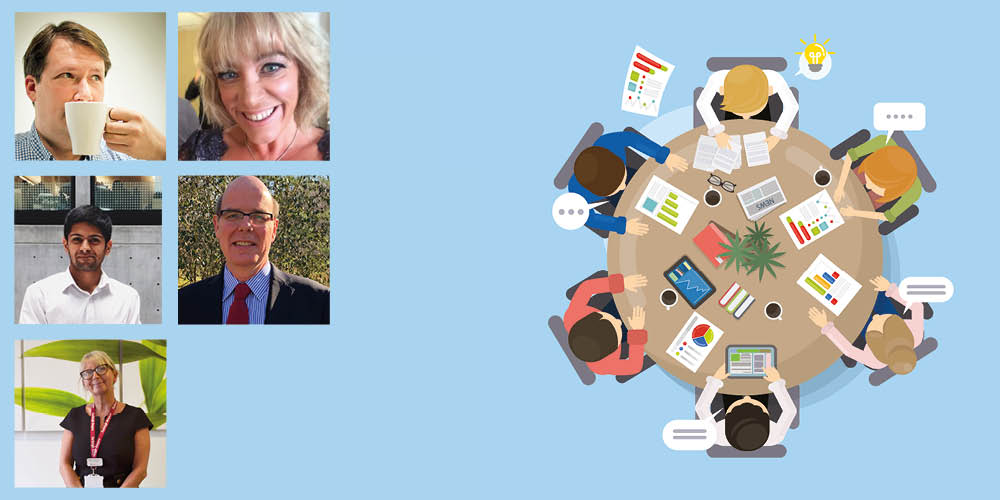Is everyone on board? How to get everyone on the legacy train
Listen now
Key Takeways
In this episode, our hosts Stephen and Helen speak with our expert guests about building a partnership ethos between legacy teams and those dealing with High-Value givers or Philanthropists. They discussed the shared value in working closely together to amplify each other’s aims and provide the best experience for supporters who might be open to discussing a blended approach to their giving. They also discussed ways in which the charities can tap into the close connections that Retail volunteers have with the community. Our speakers highlighted the important role volunteers play in building relationships with supporters and how they can (given the right tools and information) be the key to unlocking conversations around Legacies and further support.
Akhil Anand – Cancer Research UK
Making the case for working together and talking to each other’s supporters:
- The best way to demonstrate the value in working closely together is to come to the discussion with solid stats to support your case. Some examples Akhil shared included:
- “Research from the University of California has shown that the regularity and value of lifetime gifts increases after donors add a charity to their will”.
- Based on page 2423 of the following Prof Russell James publication: https://lawreview.law.ucdavis.edu/issues/53/5/symposium/files/53-5_James.pdf
- “Kite Factory research showed that ~80% of HV legators surveyed were also regular donors to multiple charities”. Based on page 8 of the Kite Factory report which can be downloaded here: https://thekitefactorymedia.com/2021/02/unlocking-the-high-value-heartland-of-legacy-givers/
- Other research into the UK legacy market showed that supporters are 18 times more likely to include a charitable legacy when asked.
- Be patient and tap into the expertise of your colleagues before having the conversations with supporters. It takes time to change the mind of a philanthropist/legator to encourage them to take a blended approach.
- Think about how to steer a Philanthropist (who is likely to be focused on shorter-term impact) to see the value of legacy giving which is far longer term. Covid is a good example “Thanks to legacies pledged 30 years ago, our Charity has been on a solid footing throughout the Pandemic”
- Convincing legators of the value of major giving requires bringing them much closer to the work of the charity and what smaller donations might be able to achieve. This giving may increase over time with the right stewardship.
- Philanthropists are not afraid of big asks being made of them; they expect this. It’s how to take that ask and show the longer-term impact/need.
- Train and work closely together – top-down leadership and support is key. Think who your likely internal champion may be.
.
Pauline Harvey-Jones – Farleigh Hospice
Does smaller mean easier when it comes to“working as one team”?
- Smaller charities can be nimble when it comes to really working together as “one team”
- Smaller charities often recruit people with mixed skills sets who can turn their hand at many roles and work cross team more flexibly.
- Things tend to move faster in smaller charities – the ability to get messages out to certain audience segments requires less forward planning but this ease of getting Legacy messages out (for example) also means that the messages need to be kept fresh and engaging. Just because access and ability to include a legacy message in comms is easier, doesn’t mean it should just be always tagged on.
- If smaller charities have a “dedicated legacy person” other teams’ members can often assume it’s just that person’s role to talk legacies, so the challenge is ensuring others see it as part of their jobs too.
Making the most of retail volunteers when it comes to conversations with supporters:
- Ensure retail staff are fully aware of the impact they have as such a close connection to the community
- Empower them to help supports. Give them all the tools and information they need such as key stats around the impact of legacies, ways to signpost and key pieces of information they can share
- Make the job easy and inspire them to be part of the conversations. Provide visual cues and reminders for them in store
- Provide staff members with the tools they need to have conversations – so clinical staff for example, should feel equipped to have those chats and bring in the right people.
- Ensure all volunteers are regularly thanks. Hold meetings to enthuse new volunteers and show that they are valued and being listened to.
- Consider the hierarchy of needs “knowledge, tools, confidence”
Tim Rogers – Oxfam America
Some notable differences in approach to legacies or planned giving between the US and UK:
- Planned giving can include gifts from wills, trusts and IRAs as well as charitable gift annuities and other life-income giving vehicles – and any combination of these. This blended approach to giving is more commonplace in the US than in the UK currently.
- Conversations often start with the impact the donor wants to have and then connecting the donor to an opportunity where they can have the desired impact and discuss the mechanisms available to them to contribute in this way.
- In the US there are many mechanisms for making charitable contributions. This array of options can also be confusing to donors (it should always be about matching donor’s value to opportunity, not focusing the conversation around tax savings, for example)
- The UK benefits from very clear messages about legacy giving. Partnerships such as RAC exists to promote the normalisation of GIW more generally, whereas in the US its every charity forging their own path to promoting legacies.
Working closely with Major Donor Fundraisers – what works in the US:
- Major Donor Fundraisers work to set income goals – the idea of helping secure a long-term commitment such as a Legacy is not as attractive.
- Trying to train Major Donor Fundraisers on the technical aspects of planned giving is not something that would be of interest. They key is demonstrating how getting a donor to make commitment now plus add legacy, which means they are a donor for life and are part of the family!
- Its key to ensure Major Donor Fundraisers are trained to listen to supporters for cues – e.g. divorce, partner has passed away – these can be opportunities for conversations around longer term/legacy giving.
- 1-1 relationships are also key – in a Zoom world this is tricky. You learn so much more about someone’s life situation through genuine conversation. Keep details about supporters (family, pets, interest) so you can have real conversations where you bring in key details about them.
- The goal should never be about quotas (we need to have X conversations about legacies) The goal is to leave supporters feeling confident that their support has great impact. This needs to be the lead in conversation. The goal/KPI needs to be the goal of the charity.
- Rating donors on their wealth potential can also be a slippery slope. Don’t get stuck on what you see as someone’s “worth” – often the least worthy looking people can really surprise you!
- Never neglect people as they may have unseen potential.

